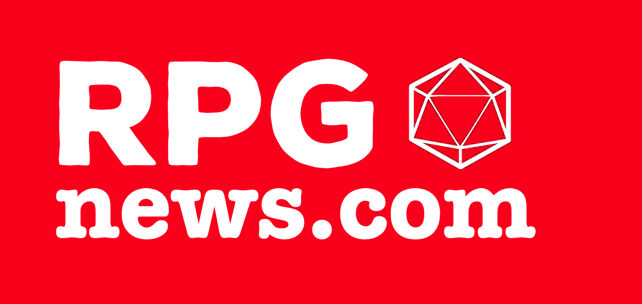There are lots of books about playing tabletop role-playing games, but what makes a great book about designing one?
Pros and Cons of Self-Publishing
Nonfiction books aren’t what they used to be. My generation saw books as a treasure-trove of information, organized and presented well by an expert. Good books still are, but now they compete with many other information sources online, including self-published works that can flood the market by dominating with search engine optimized (SEO) keywords, such that it can be difficult to distinguish the “chaff from the wheat” when searching for a topic, including tabletop RPG design.
This is good for pro-am designers, but challenging from a quality perspective as the bar is much lower to publish, and thus there’s no guarantee a non-fiction book has been thoroughly researched and edited. Conversely, self-publishing is good for game designers, who now have a real chance at publishing their game and reaching a broader audience. And they’re likely the target audience for a guide to tabletop role-playing game design.
The Target Audience
I have my own ideas about this topic as I’ve thought about it for some time. Years ago I pitched (to the editors of the “Idiots Guides” books) an introductory game design book. I was told there was “not enough sales velocity” in the topic! That book was for games in general, not specifically RPGs. Then again, they want books that will sell very well.
Things have changed since then, and Dungeons & Dragons is more popular than ever. But to sell well, we must find the target audience in order to offer sufficient sales potential to attract a publisher, and it likely needs to be broader than “RPG experts.” I think the target market has to be the many aspiring designers who will likely sell no more than 500 copies of their game, should they ever publish it, or who will just play their game with their friends. And obviously, people who are sufficiently curious about the topic to read the book.
What’s in the Book?
A book, just like a game, is subject to a variety of constraints, the same kinds of constraints that affect all books. Answering these questions will help shape any future project touching on this subject.
- Length: One that comes to mind immediately is the length. “TL;DR” (Too Long; Didn’t Read) is a big problem today, as are readers who just skim (a big problem for rules writers) and think that the words that they miss somehow don’t matter. To my mind 100,000 words is the target length for a nonfiction book of this sort, the length of my 2012 book Game Design.
- Gamemaster or Rules Writer: Such a book needs to teach people how to design an RPG, but there are lots of possible questions. For example, the GM has just as much influence on how an RPG works as the author of the rules themselves. So how much of such a book should be directed at GMs rather than at ruleset creators?
- World Creation vs. Rules Creation: World/settings are often part of a role-playing game, but not part of devising mechanisms and writing rules for the game. Advanced D&D took the default fantasy setting (see “Baseline Assumptions of Fantasy RPGs”) . How much should a book address world/setting building?
- Adventure Creation: We also know that good adventures can help make an RPG seem better than it really is, and conversely that poor adventures can do the opposite. How much of such a book should be aimed at adventure (and level) creators?
- Storytelling: Can a book like this teach people how to write stories? There are lots of existing books about writing stories, books written by people who are expert in writing stories. How much should an RPG design book try to compete with all those books?
- Artwork: Artwork is very expensive for a small market book (which this would be). Unless you use out-of-copyright art. Nor will artwork illuminate the topic, insofar as game design is an activity of the thinking mind. On the other hand, some people will not read something that doesn’t include (lots of) art. So how much art should be in such a book?
- Print vs. Electronic: Obviously the book must have an e-book version. Nearly a third of the sales of my book Game Design are ebooks, and if global tariffs impact book sales, electronic sales will be a must. I think a book like this also must have an audio version, because so many people listen to books. Professional audio books, it turns out, are expensive to make. Which is why there is no audio version of my 2012 book.
The Choice is Yours
Remember, too much material will probably lead to fewer sales. You can’t have everything you want. So what’s really important, and what isn’t?
Your turn: What do YOU think should be in a role-playing game design book?
Read more at this site
